Lawn Mower Won’t Turn Over with a New Battery | How to Troubleshoot
Imagine a situation where you just bought a new battery to fix your lawn mower turns over failure. But even after installing the new battery, your mower won’t turn over. Isn’t it one of the most frustrating situations to handle in the middle of your working on your lawn? The question is, what might go wrong, and how else can you fix such issue?
First, look for dirty connections and clean the battery posts. Then, tighten the terminals and bolts. Adjust the wrenches. Next, get rid of metal bolts and plastic nuts. Check the Starter, external Solenoid & Relay to take necessary actions as required.
Thus, read this article till the end and learn how to troubleshoot a lawn mower won’t turn over with new battery.
What Causes the Problem?
In general, most lawn mower or tractor users replace their old internal battery with a new one as soon they notice the turn over difficulty or failure.
Since weak, severely corroded, or dead battery mostly causes a lawn mower to encounter similar issues, this fixing idea pretty much works in most cases.
But in some cases, users notice that their mower won’t turn over like they are supposed to even after installing a brand-new battery.
This commotion mainly occurs due to our negligence during the battery replacement, where we sometimes only change the battery while don’t give importance to checking the surrounding areas or elements.
Because the same problem can occur even after you put a new battery due to corroded battery posts, loose connecting terminals, or bolts.
A similar situation will arise due to a faulty starter, external solenoid, or defective relay.
4 Steps to troubleshoot a lawn mower that won’t turn over with new battery:
According to most lawn mower users and even mechanical experts, it’s a pretty common issue that users often experience while using their mowers.
In general, whenever people encounter mower turnover difficulty, their initial guess to the possible battery or battery connection failure to cause such a commotion.
However, the battery is not the only component of a riding lawn mower that can cause such issues, and there are other possible reasons to cause a similar problem.
The good news is that several fixing tricks and ideas are available online, but all ideas might not be reliable and effective for your lawn mower.
That’s why I am going to explain a quick, easy, and cost-effective way of troubleshooting your lawn mower that won’t turn over with a new battery:
Things required to troubleshoot the lawn mower won’t turn over with new battery:
Have a look at the checklist of the required tools and materials for this particular troubleshooting task:
| Tools | Materials |
| Adjusted Wrench | Starter replacement kit (if needed) |
| Standard Mechanical Tool Box | Solenoid (if needed) |
| Voltmeter | Relay (if needed) |
| 1/4”-20 stainless steel hardware | Battery terminals (if needed) |
| Safety Goggles & Gloves | Bolts & nuts (if needed) |
| Sandpaper |
Step 1- Look for Dirty Connection:
Even if you have put a new battery, there are a few things that you should look at, and checking the current condition of the battery connections is one of them.
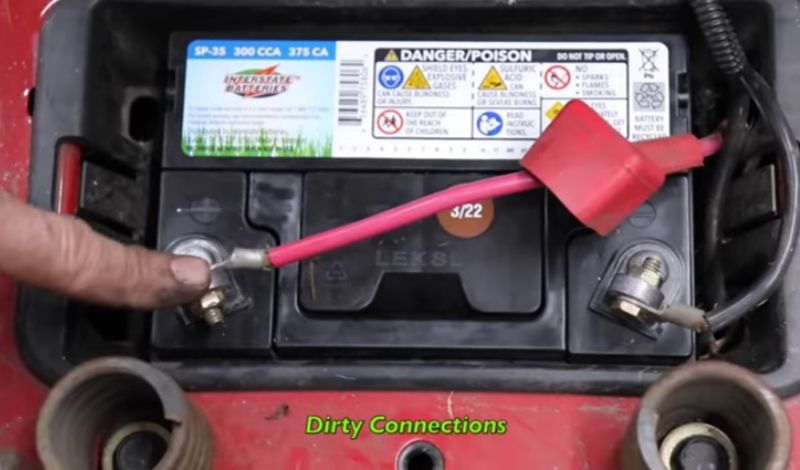
Because most people overlook inspecting there and eventually, these dirty battery connections cause such commotions.
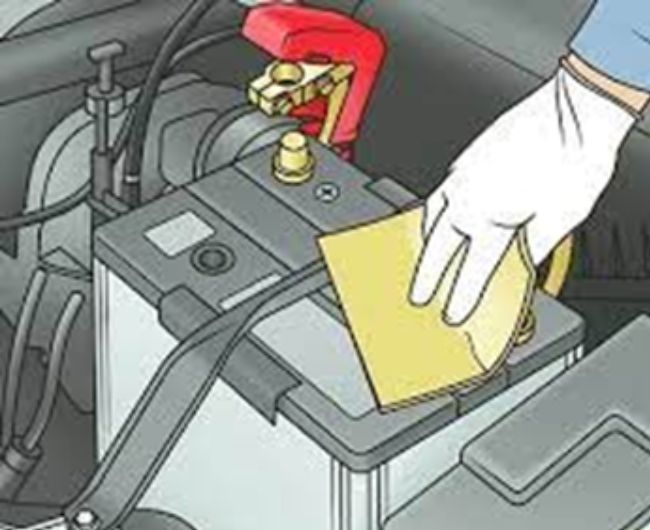
First, check the connections and use some sandpaper to clean all the crud out of these battery posts.
Step 2- Tighten the Terminals as well as bolts & Adjust the Wrenches:
The mower engine vibrates while you are using the lawn mower and this vibration transfers to the rest of the vehicle’s internal components.
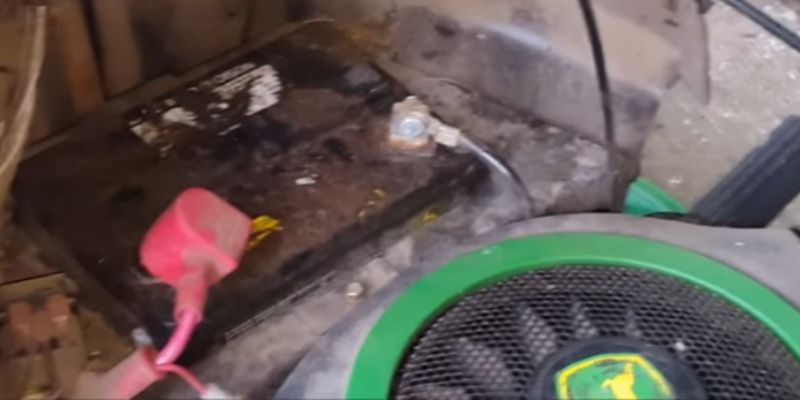
Over time these little connections become loose.
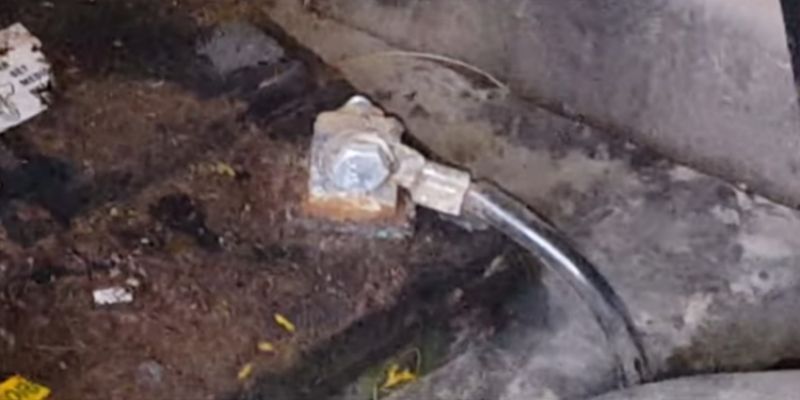
That pretty much happens with every lawn mower as the mower gets older.
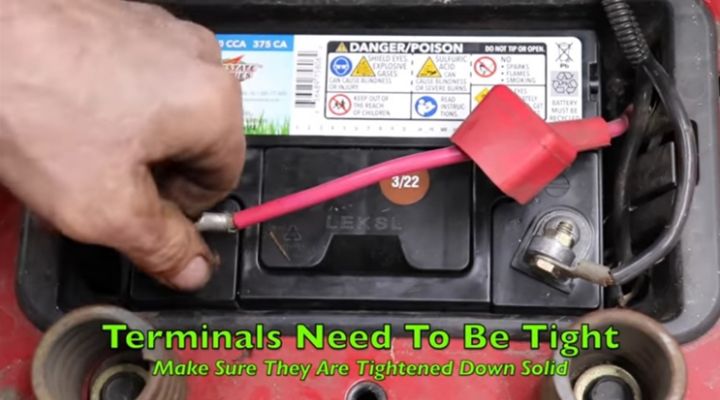
Remember, the battery terminals should be tight enough.
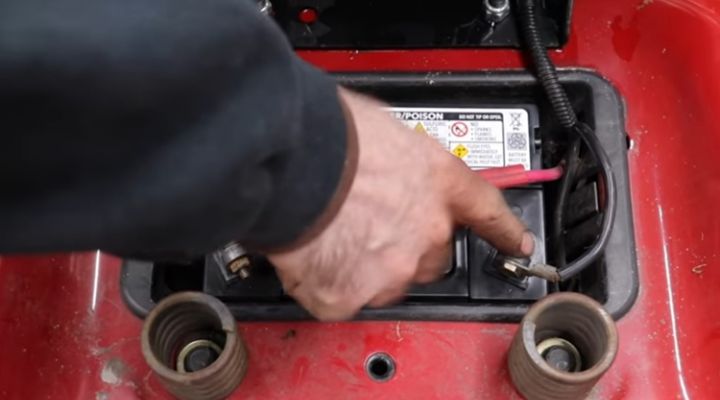
While you are still working in that area, make sure the connecting bolts are also tightened enough.
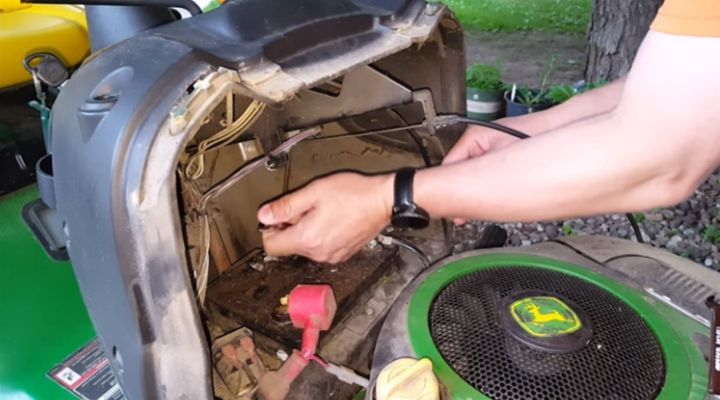
Also, do not forget to adjust the wrenches there. Take proper precautions before tightening these wrenches.
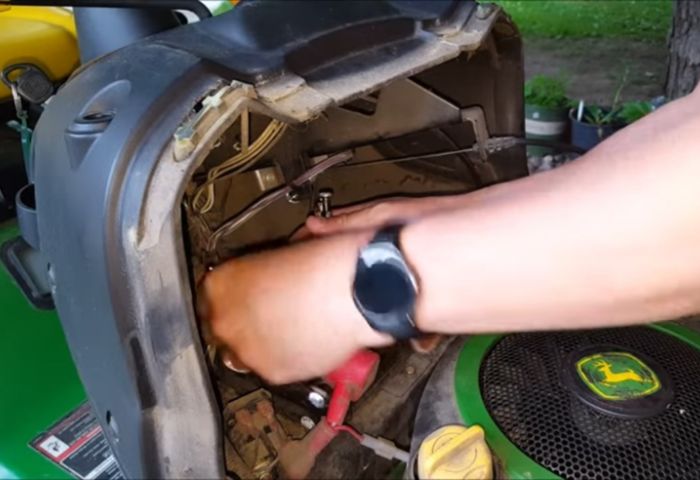
Otherwise, you can use wrenches and tie knees up but avoid cross touch them at the same time.
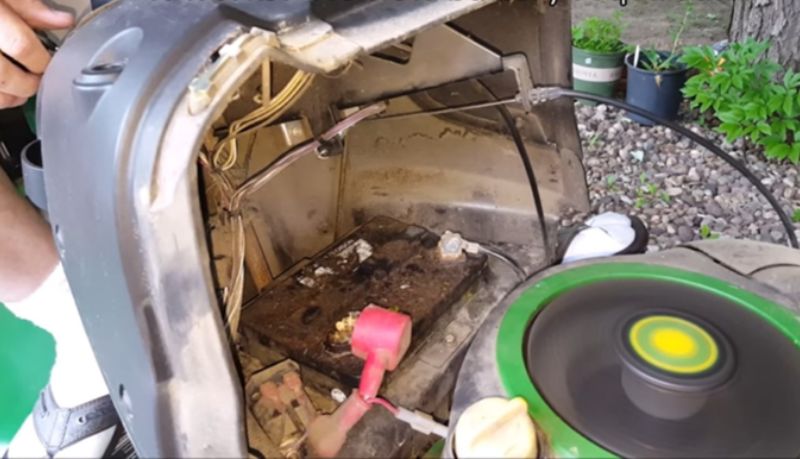
Now turn the key and see whether the engine is starting or not.
Tips: While working on adjusting the wrenches, remember not to touch anything that is going to connect the positive and negative.
Step 3- Get rid of Metal Bolts & Plastic Nuts:
Another thing that you should consider is changing those metal bolts with stainless bolts because stainless steel won’t rust or corrode and will help keep the corrosion down.
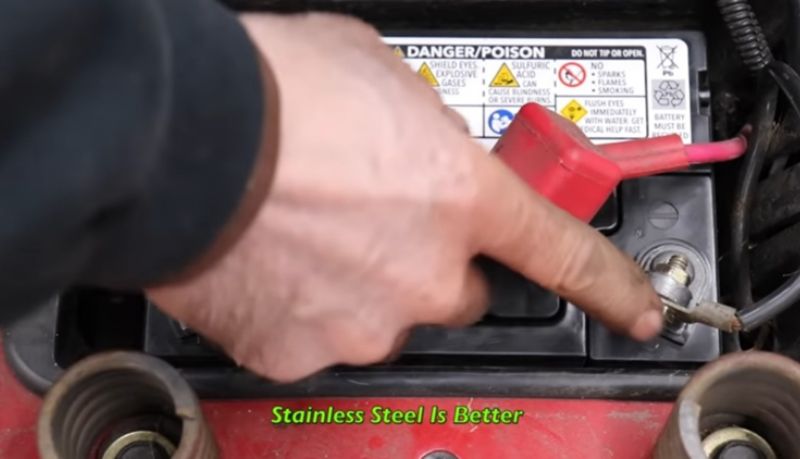
Next, if you see the plastic wing nuts on your mower battery, better to get rid of that plastic stuff and replace them with 1/4”-20 stainless steel hardware. Tighten all the bolts and nuts securely.
Step 4- Checking the Starter, external Solenoid, or Relay:
If you have already inspected the earlier mentioned areas and all are good in shape, you should check whether the starter external solenoid or relay has any issues.
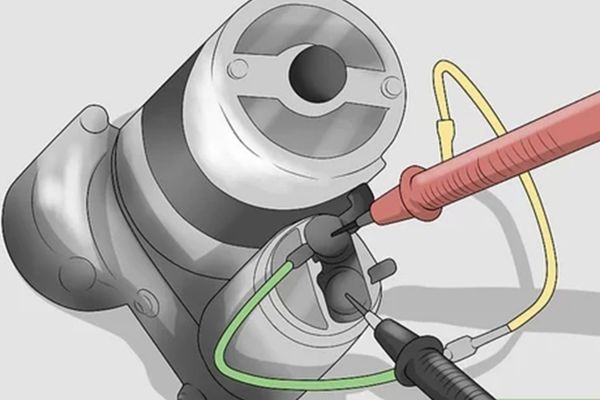
First, use a voltmeter and connect it to the battery. Then, check the voltage reading while trying to turn the starter on.
If you are new, you can follow the easy three steps mentioned and explained in the How to Test a Starter Solenoid article.
The screen should show a reading result between 9.5 and 10volts while the engine is cranking.
If you see lower reading than mentioned, it means the starter has turned bad, and you need to replace the Starter.
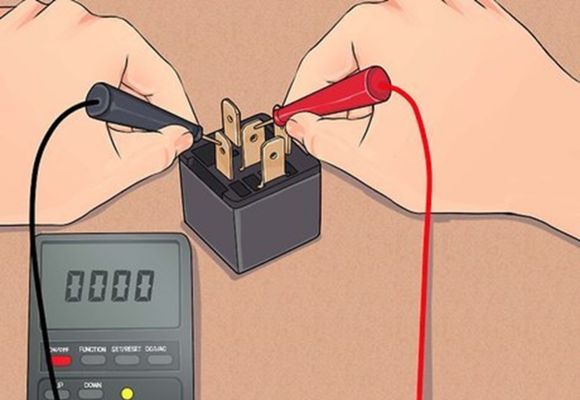
If your lawn mower has an external solenoid or relay, you should also verify that the solenoid is mounted securely to the frame as it requires a good frame ground.
Follow the instruction provided in the 3 Ways to Test a Relay to investigate your lawn mower relay and if it looks bad, replace it.
In case the solenoid condition seems too damaged, you can follow the instruction provided in this DIY fixing video.
After you have completed all the inspection and fixing tasks, check your mower whether it works or not.
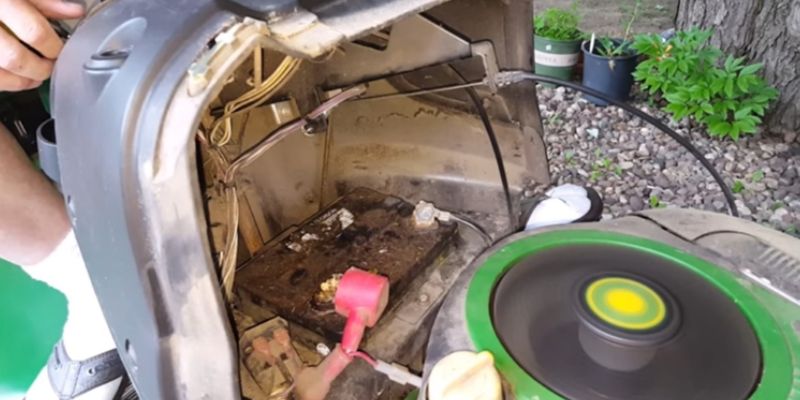
If it still is not working, better to contact the nearest dealership or servicing workshop.
Warning:
Undertaking such troubleshooting tasks can be hazardous if you do not have enough expertise. Therefore, always remember to read your lawn mower’s instructions manual before operating, servicing, or troubleshooting it.
Frequently Asked Questions
What causes a lawn mower not to turn over?
Your lawn mower might not turn over due to old or contaminated gas. It can also fail to turn over due to a loose, disconnected, or dirty spark plug and air filter.
Why does nothing happen when I turn the key on my mower?
If you ever notice that your lawn mower doesn’t respond when you turn the key, it can be due to various things. It can be because of a faulty battery, solenoid posts, fuse, ignition switch, coil, brake, and blade switch.
What causes a lawn mower starter to not engage?
A broken, corroded, or dead battery can cause a lawn mower’s starter failure. Even it can be an issue with the charging system. So, whenever you notice your mower starter is not engaging, check the battery and charging system first.
Is it possible to jump-start a lawn mower with a car?
Yes, it is possible. If your lawn mower support or feature a 12-voltage battery, you can jump-start it with a car. But if your mower has a 6-voltage battery, you cannot jump-start it with the car or portable jump-starter.
Final Verdict
Often lawn mower users complain that their mower won’t turn over even though they have just installed a brand-new battery to get rid of that problem.
The main fact is that it is not always the internal battery’s fault and before you plan on purchasing a new battery wait a moment to investigate the areas described in today’s article. Remember, you can only get the best result if you thoroughly follow all the instructions to troubleshoot a lawn mower that won’t turn over with new battery.
Related Posts:


